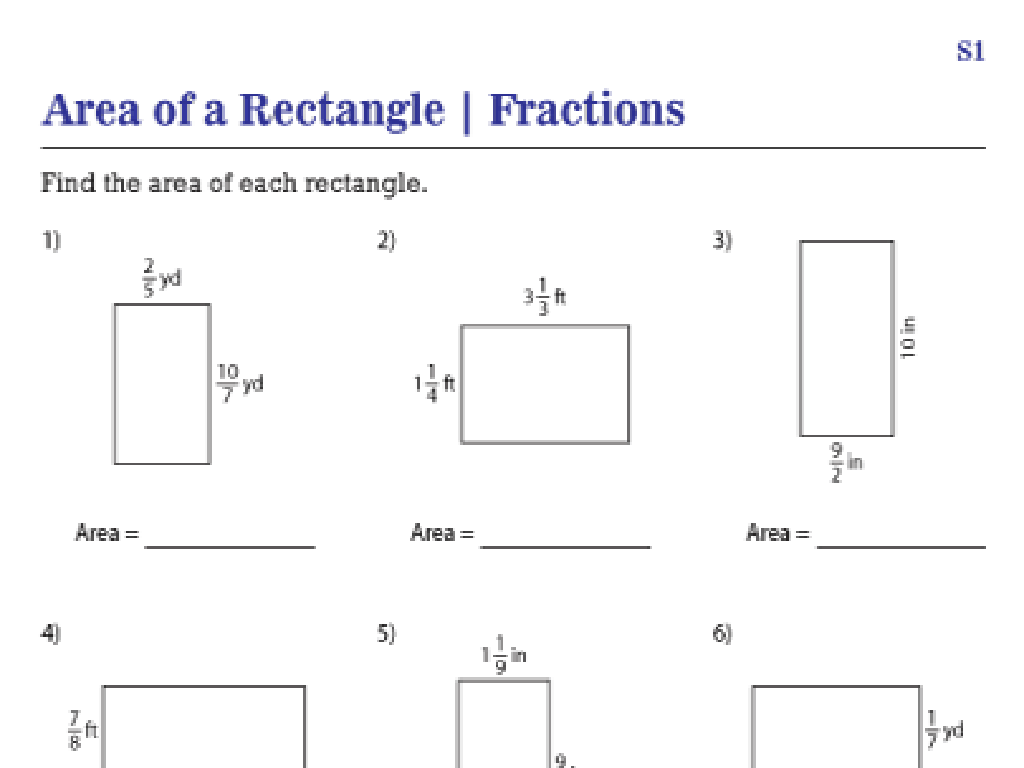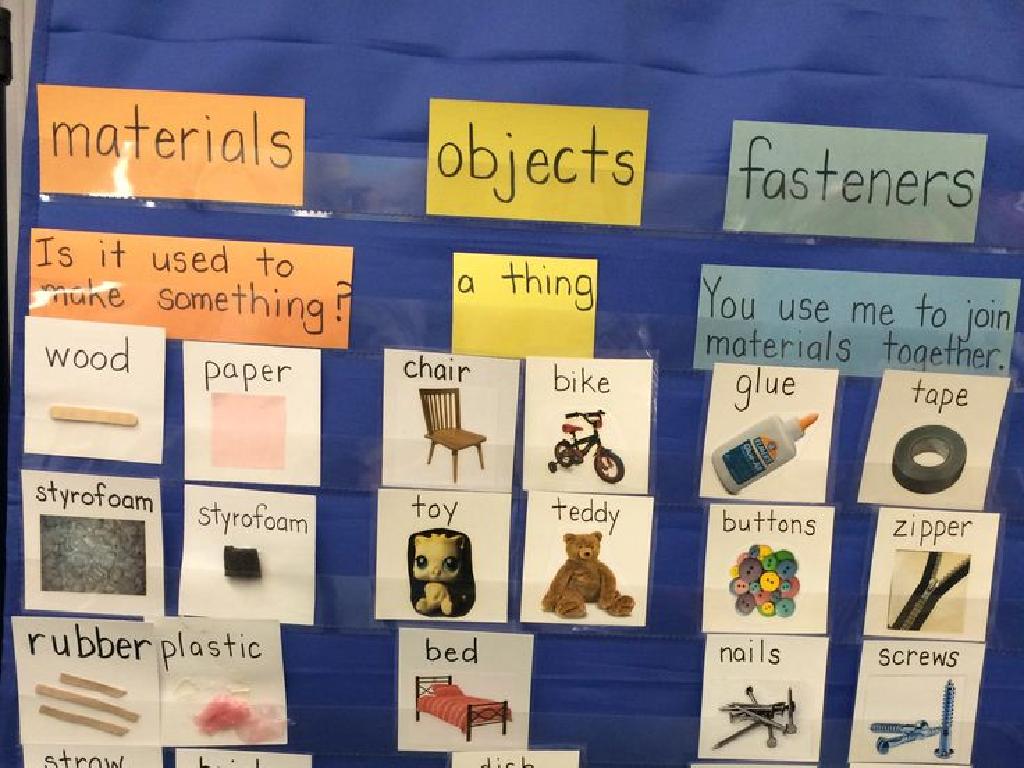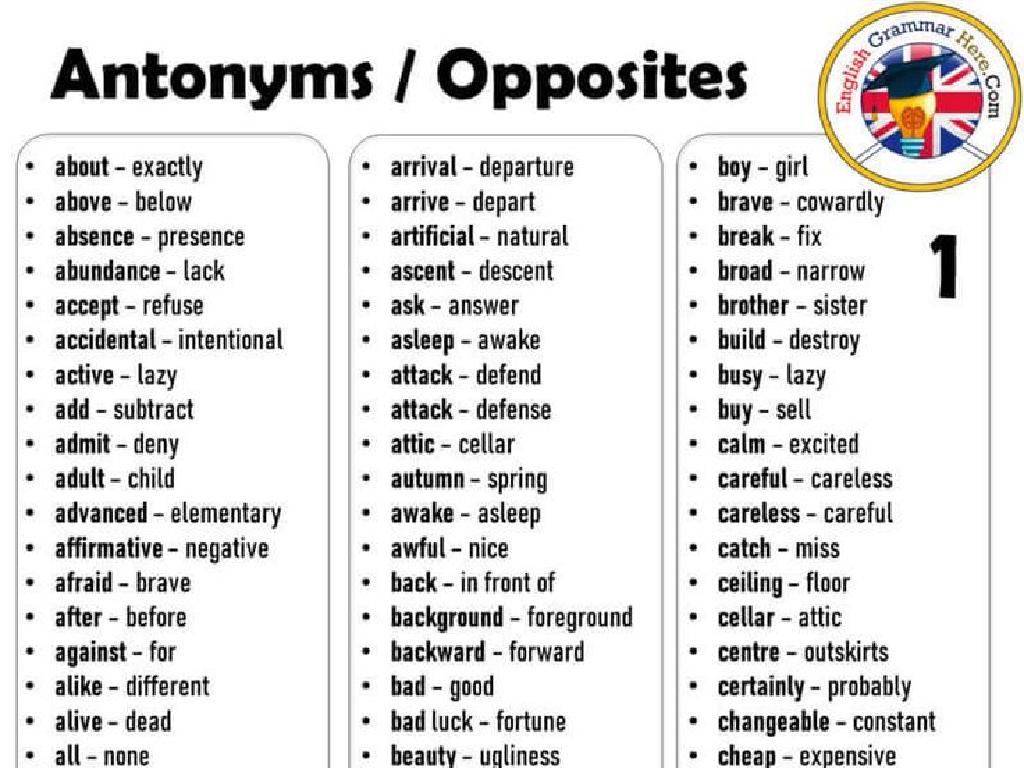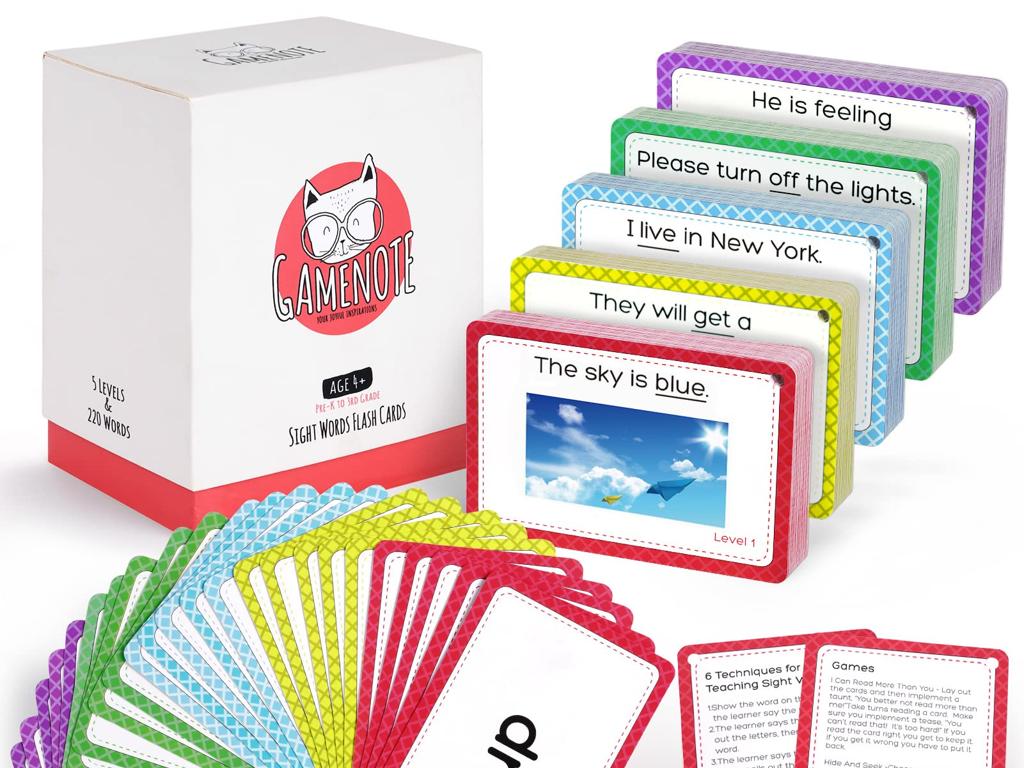Multiply Two Fractions Using Models
Subject: Math
Grade: Sixth grade
Topic: Multiply Fractions
Please LOG IN to download the presentation. Access is available to registered users only.
View More Content
Welcome to Multiplying Fractions!
– Quick recap of fractions
– Fractions represent parts of a whole
– Learn to multiply fractions with models
– Visual models help understand the concept
– Real-life applications of multiplying fractions
– Used in cooking, crafting, and more
– Class activity: Fraction multiplication
– Use models to multiply fractions together
|
Begin with a brief review of what fractions are and how they represent parts of a whole, ensuring students recall the basics. Introduce the day’s objective: learning to multiply two fractions using visual models, such as area models or number lines. Explain the importance of this skill in real-life scenarios, like adjusting recipes or dividing resources. For the class activity, have students use fraction models to multiply given fractions. This could involve drawing models on paper, using fraction tiles, or interactive whiteboard activities. Provide several examples and encourage students to work in pairs or groups to foster collaborative learning.
Understanding Fractions
– A fraction represents part of a whole
– Like a slice of pizza is a part of a whole pizza
– Numerator and denominator explained
– Top number (numerator) is the count of parts we have, bottom number (denominator) is the total number of equal parts
– Examples: 1/2, 3/4, 5/8
– Visualize 1 out of 2, 3 out of 4, 5 out of 8 equal parts
|
Begin the lesson by explaining that a fraction is a way to represent a part of a whole, similar to how a slice of pizza is just a part of the entire pizza. Clarify the roles of the numerator and denominator, with the numerator indicating the number of parts being considered and the denominator showing the total number of equal parts that make up the whole. Provide visual examples such as 1/2, 3/4, and 5/8 to illustrate different fractions. Encourage students to think of fractions in terms of everyday items to help them understand the concept. This foundational understanding is crucial before moving on to multiplying fractions.
Visualizing Fractions with Models
– Represent fractions with shapes
– Use circles or bars to show fractions
– Divide shapes into equal parts
– Each part must be the same size
– Shaded parts indicate fractions
– The shaded area shows how much of the shape is the fraction
– Understanding fractions visually
|
This slide introduces the concept of visualizing fractions using models, which is a foundational skill for understanding how to multiply fractions. By representing fractions with shapes like circles and bars, students can see the fractions as parts of a whole. It’s crucial that each shape is divided into equal parts to accurately represent the fraction. The shaded parts help students see what portion of the whole is being described by the fraction. This visual understanding is key to grasping more complex concepts like multiplying two fractions, as it allows students to see the combined effect of the fractions on the whole. Encourage students to practice by drawing their own models and shading the appropriate parts to represent different fractions.
Multiplying Fractions – Practical Applications
– Used in everyday activities
– Like cooking, crafting, and construction
– Combines parts to find totals
– How much of an ingredient is needed?
– Example: Ingredient portions in recipes
– Half of a half of a cup of sugar means 1/4 cup
– Enhances problem-solving skills
|
Understanding how to multiply fractions is not just a mathematical skill, but a practical one that students can apply in daily life. For instance, when cooking, they may need to adjust recipes based on the number of servings. Multiplying fractions allows them to accurately calculate ingredient amounts. Take the example of using half of a half of an ingredient; this concept helps students visualize the process of combining parts to form a whole. Encourage students to think of other scenarios where they might need to multiply fractions, such as dividing a piece of construction material into smaller, equally-sized parts. This slide aims to show the relevance of math in real-world situations, making the concept more engaging and understandable.
Step-by-Step: Multiplying Fractions with Models
– Grasp the concept of a fraction
– A fraction represents a part of a whole.
– Visualize fractions with models
– Use shapes like circles or rectangles divided into equal parts.
– Overlap models to multiply
– Place one model atop the other to see the intersecting parts.
– Discover the product as shaded area
– The intersecting shaded region shows the multiplied fraction.
|
This slide introduces students to the process of multiplying two fractions using visual models. Begin by ensuring students understand what a fraction represents a part of a whole. Then, guide them to create visual models for each fraction, which could be circles or rectangles divided into equal parts. Next, demonstrate how to overlap these models so that one lays on top of the other, and direct students to identify the common shaded area. This area represents the product of the two fractions. Encourage students to draw their own models and practice this method with different pairs of fractions to solidify their understanding.
Multiplying Fractions with Models
– Example: Multiply 1/2 by 2/3
– We’ll use fraction circles to represent 1/2 and 2/3.
– Visualize fractions with circles
– Each circle represents a whole, divided into equal parts.
– Overlap circles to find shared area
– The shared area of the overlapped circles represents the product.
– Result shows multiplied fraction
– The new shaded area is the result of 1/2 multiplied by 2/3.
|
This slide introduces students to the concept of multiplying fractions using visual models, specifically fraction circles. Start by explaining the example of multiplying 1/2 by 2/3. Show how each fraction can be represented by a circle divided into equal parts, with the relevant sections shaded. Then, demonstrate how overlapping the two circles allows us to see which parts are shaded in both, giving us the new fraction that is the product of the multiplication. This visual method helps students grasp the concept of fraction multiplication in an intuitive way. Encourage students to draw their own models and to use this method to solve additional problems.
Multiplying Fractions with Models
– Count overlapped shaded parts
– Overlapping sections represent the product
– Write product as a fraction
– Numerator is shaded overlap, denominator is total parts
– Simplify the fraction
– Divide numerator & denominator by common factor
– Example: 1/2 x 1/3
– 1/2 x 1/3 = 1/6, as there’s 1 part of 6 total shaded
|
This slide is designed to teach students how to multiply two fractions using visual models. Start by explaining that the overlapped shaded areas in a fraction model represent the product of the two fractions. Have students count these shaded parts to determine the numerator of the product. Next, guide them to write this count over the total number of parts in the model to form the fraction. Then, demonstrate how to simplify the fraction by finding the greatest common divisor of the numerator and denominator. Use an example, such as multiplying 1/2 by 1/3, to illustrate the process. The overlapped area will show one part shaded out of six, resulting in the product of 1/6. Encourage students to practice with different fraction models to solidify their understanding.
Multiplying Fractions with Models: Practice
– Let’s solve fraction problems
– Use models to multiply fractions
– Draw rectangles, shade parts to represent fractions
– Share your solutions with peers
– Explain your reasoning when presenting
– Review and discuss as a class
– Understand different methods and solutions
|
This slide is designed for a collaborative classroom activity where students will practice multiplying fractions using visual models. Begin by guiding the students through a problem as a class, demonstrating how to draw and shade models to represent the multiplication of fractions. Encourage students to work on additional problems independently or in small groups, using fraction models to find the product. Afterward, have students share their answers and methods with the class, fostering a discussion on the various approaches taken. This activity will help solidify their understanding of the concept and allow them to learn from each other’s strategies. Provide feedback and clarify any misconceptions during the review.
Class Activity: Fraction Multiplication Art
– Create fraction art with colored paper
– Each paper piece represents a fraction
– Overlap papers to multiply fractions
Overlapping half (1/2) of a paper with one third (1/3) shows 1/2 x 1/3.
– Present your artwork and fractions
|
This activity is designed to help students visualize the concept of multiplying fractions. Provide each student with colored paper and instruct them to cut the paper into fractions of a whole, such as halves, thirds, or quarters. They will then overlap different pieces to represent the multiplication of two fractions. For example, overlapping a piece representing one-half over a piece representing one-third will show the product of 1/2 x 1/3. Students should then present their artwork to the class, explaining the fractions they chose to multiply. This hands-on activity not only reinforces the concept of fraction multiplication but also allows for creativity and discussion among students.
Wrapping Up: Fractions Multiplication
– Excellent work on fraction models
– Practice with homework problems
– Solve the assigned problems to reinforce today’s lesson
– Next lesson: Multiplication without models
– We’ll explore abstract methods in our upcoming class
– Keep practicing for mastery
– Consistent practice is key to understanding fractions
|
Today’s class focused on using visual models to multiply fractions, which is a foundational skill in understanding how fraction multiplication works. For homework, students should complete the assigned problems that will reinforce their understanding of today’s lesson. Encourage them to try different types of problems to become comfortable with the concept. In the next class, we will transition from concrete models to abstract multiplication of fractions, which will require a solid grasp of today’s material. Remind students that practice is essential, and they should not hesitate to reach out if they have questions on their homework.






